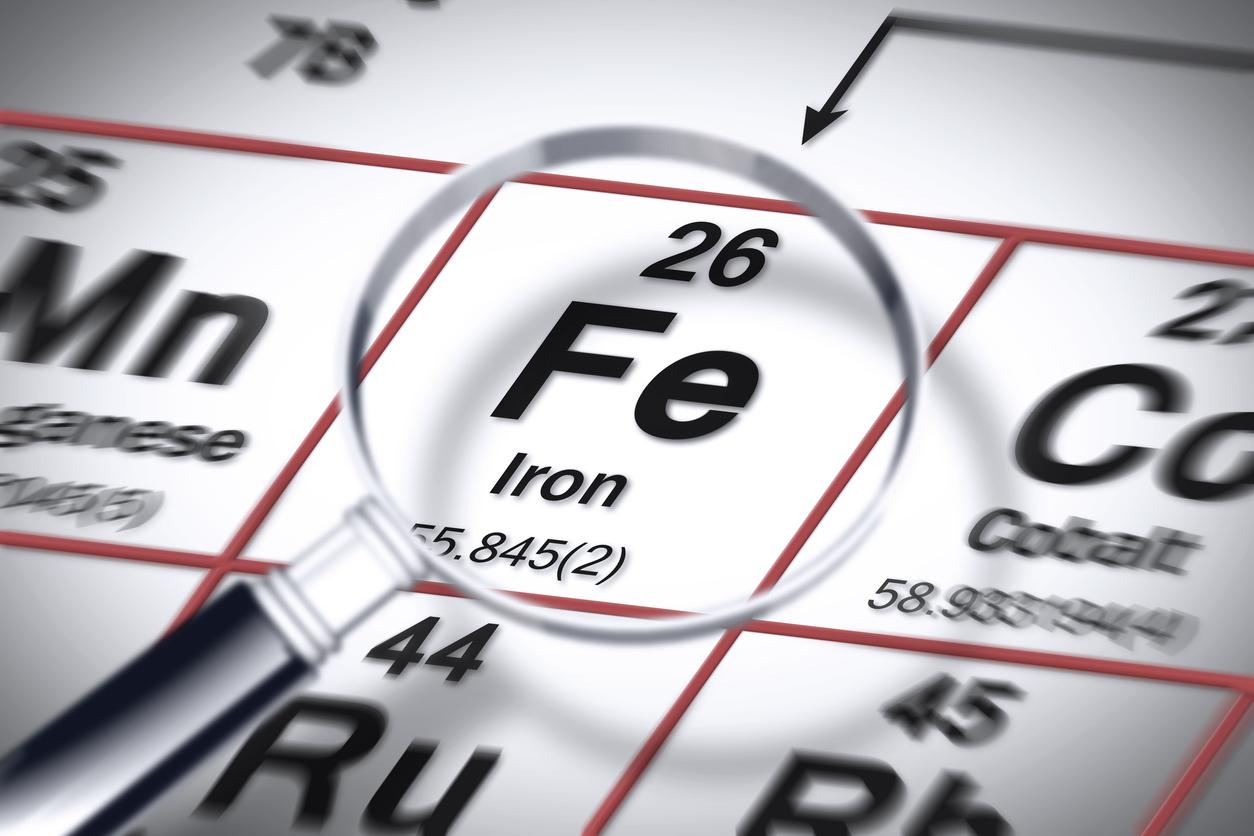Iron is a mineral that plays an essential role in our body. It is needed for the production of hemoglobin (a protein found in red blood cells that helps transport oxygen around the body), myoglobin (a muscle protein that helps store oxygen) and enzymes involved in respiration and DNA synthesis.
According to the National Agency for Food, Environmental and Occupational Health Safety (ANSES), the recommended daily iron intake is 11 mg for men, for women with low or normal menstrual losses and for postmenopausal women, 16 mg for premenopausal women with high menstrual losses, and between 7 and 14 mg for children aged 3 to 17 years.
Too much iron is (also) bad for your health
Researchers at Imperial College London (in Great Britain) looked at the impact of iron on 900 diseases by studying medical data on more than 500,000 patients.
Verdict? A level of iron in the blood slightly higher than the recommendations issued by health authorities would reduce the risk of hypercholesterolemia – an excessively high blood cholesterol level – and atherosclerosis – a disease that affects the arteries, characterized by appearance of “plaques” that restrict blood flow.
On the other hand, an excessively high level of iron in the blood can also be responsible for potentially serious health concerns: the appearance of blood clots which can in particular lead to a myocardial infarction, a cerebrovascular accident or even thrombosis. In short, iron, neither too much nor too little!
This work has been published in the Journal of the American Heart Association.
Read also :
Behavioral disorders: iron in question?
Spinach the greenery that puts us in a good mood
Anemia linked to hearing loss
















